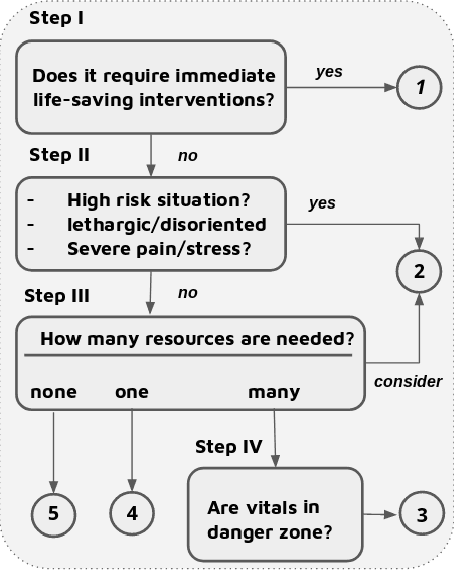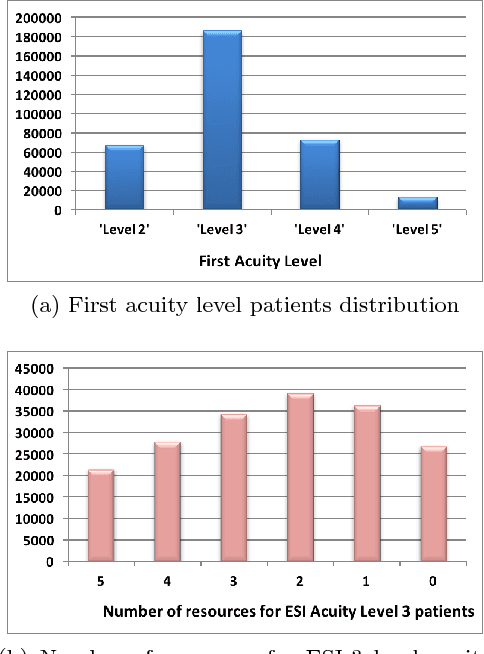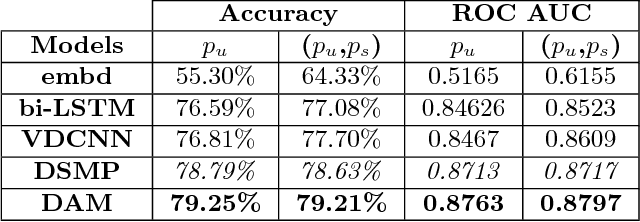Deep Attention Model for Triage of Emergency Department Patients
Paper and Code
Mar 28, 2018



Optimization of patient throughput and wait time in emergency departments (ED) is an important task for hospital systems. For that reason, Emergency Severity Index (ESI) system for patient triage was introduced to help guide manual estimation of acuity levels, which is used by nurses to rank the patients and organize hospital resources. However, despite improvements that it brought to managing medical resources, such triage system greatly depends on nurse's subjective judgment and is thus prone to human errors. Here, we propose a novel deep model based on the word attention mechanism designed for predicting a number of resources an ED patient would need. Our approach incorporates routinely available continuous and nominal (structured) data with medical text (unstructured) data, including patient's chief complaint, past medical history, medication list, and nurse assessment collected for 338,500 ED visits over three years in a large urban hospital. Using both structured and unstructured data, the proposed approach achieves the AUC of $\sim 88\%$ for the task of identifying resource intensive patients (binary classification), and the accuracy of $\sim 44\%$ for predicting exact category of number of resources (multi-class classification task), giving an estimated lift over nurses' performance by 16\% in accuracy. Furthermore, the attention mechanism of the proposed model provides interpretability by assigning attention scores for nurses' notes which is crucial for decision making and implementation of such approaches in the real systems working on human health.
 Add to Chrome
Add to Chrome Add to Firefox
Add to Firefox Add to Edge
Add to Edge